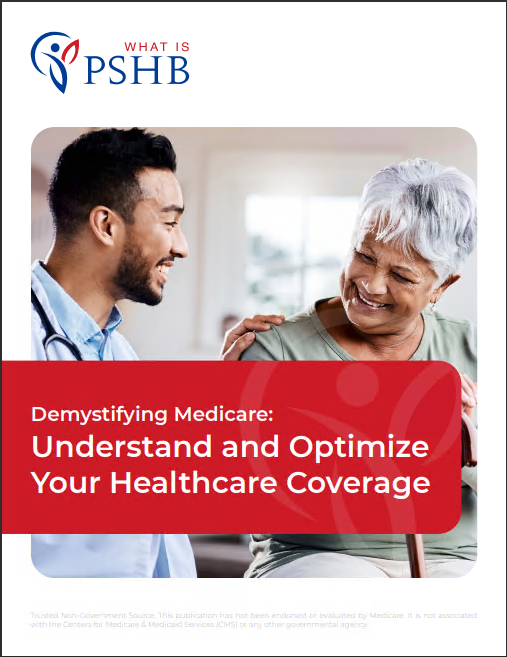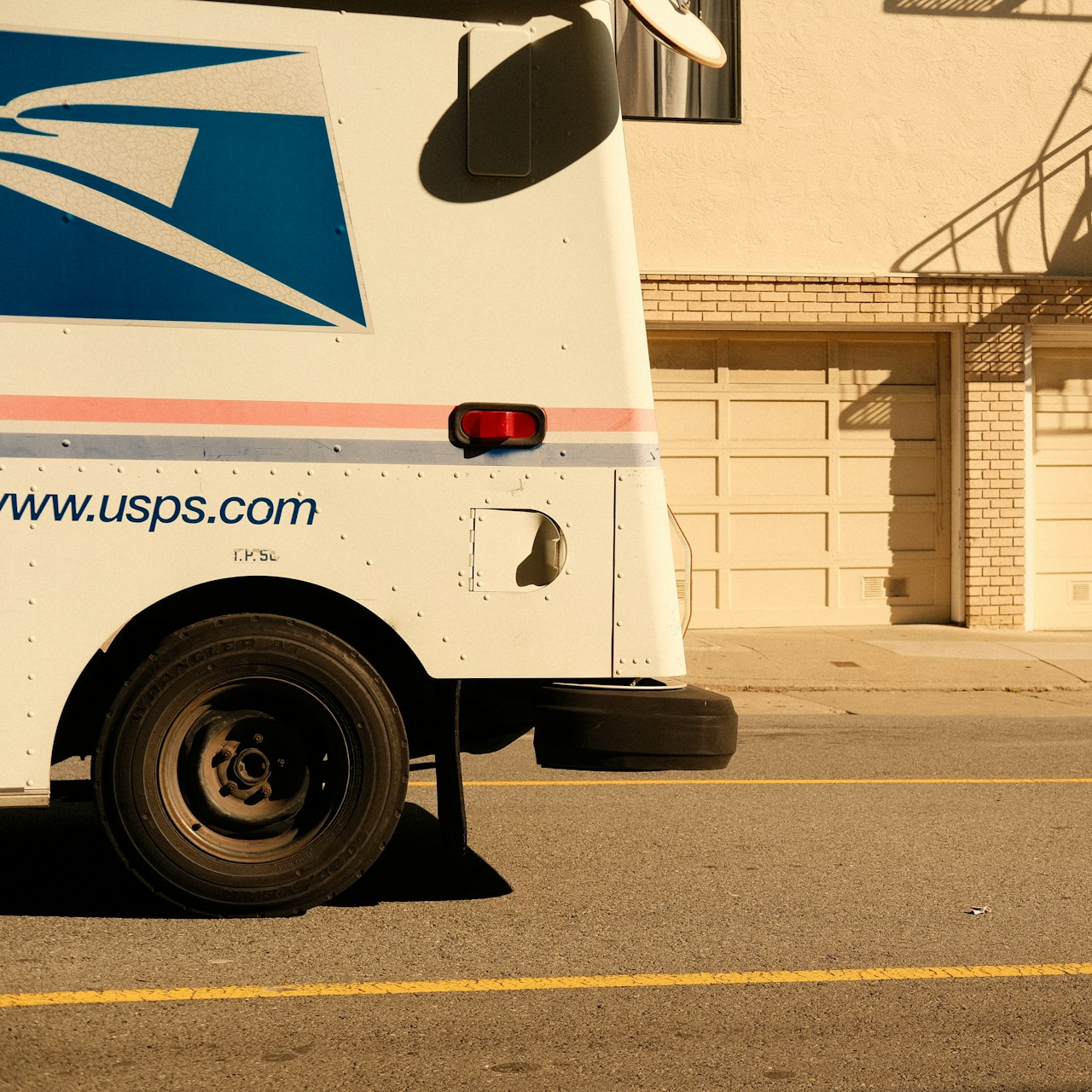Key Takeaways
-
The 2025 Postal Service Health Benefits (PSHB) program will bring significant changes to your health coverage, designed to meet USPS workers’ and retirees’ unique needs.
-
Participating in Open Season and understanding the new Medicare integration rules will be crucial for securing the best plan for you and your family.
Big Changes Are Coming to Your Health Benefits
Starting January 1, 2025, USPS employees, retirees, and their families will experience a major shift in health coverage as the Postal Service Health Benefits (PSHB) program takes over from the Federal Employees Health Benefits (FEHB) program. This new system promises better alignment with USPS-specific needs, but it also requires action on your part to ensure a smooth transition.
The PSHB program introduces plans tailored specifically for postal workers, improved integration with Medicare, and a renewed focus on managing healthcare costs. If you want to make the most of this update, it’s time to get informed.
Why Is USPS Making This Change?
The move to PSHB is part of USPS’s broader strategy to modernize employee benefits and create a more sustainable healthcare system. Here’s why this overhaul matters:
-
Cost Efficiency: Rising healthcare expenses have made it necessary to adopt a system that balances affordability with comprehensive coverage.
-
Tailored Plans: PSHB is designed exclusively for postal workers and retirees, addressing challenges that FEHB’s broader coverage couldn’t fully meet.
-
Improved Medicare Integration: For those eligible, PSHB works seamlessly with Medicare to reduce redundancies and lower out-of-pocket expenses.
This update reflects USPS’s commitment to creating a more effective and sustainable healthcare experience for its workforce.
Important Dates to Know
Preparation is key to navigating this transition successfully. Here are the dates you need to mark on your calendar:
-
Open Season: From November 11 to December 9, 2024, you can review and select your PSHB plan. While auto-enrollment will place you in a corresponding plan, actively choosing ensures the best fit.
-
Coverage Start Date: PSHB officially begins on January 1, 2025, replacing FEHB coverage.
Planning ahead will ensure you’re ready to make informed decisions during these windows.
Key Changes You Should Prepare For
Medicare Enrollment Rules
If you or a dependent are eligible for Medicare, PSHB introduces new requirements:
-
Mandatory Medicare Part B Enrollment: Medicare-eligible retirees and dependents must enroll in Part B to maintain PSHB coverage. This rule applies unless you retired before January 1, 2025, and aren’t already enrolled in Part B.
-
Cost Considerations: The projected Medicare Part B premium for 2025 is $185 per month. While this cost is separate from PSHB premiums, it plays a key role in reducing overall out-of-pocket expenses.
-
Better Coordination: With Medicare as primary insurance and PSHB as secondary, the combined coverage offers fewer gaps and lower overall costs.
USPS-Specific Plan Options
Unlike the one-size-fits-all approach of FEHB, PSHB plans are tailored to USPS employees and retirees. This means:
-
Coverage is designed to better match your healthcare needs.
-
Networks and benefits are more aligned with the demands of postal work.
During Open Season, you’ll want to carefully review the available plans to ensure your selection is right for you and your family.
Dental and Vision Coverage
PSHB does not include dental or vision benefits. These remain available through the Federal Employees Dental and Vision Insurance Program (FEDVIP). If these services are important to you, make sure to review FEDVIP options during Open Season to build a comprehensive healthcare package.
What Retirees Need to Know
If you’re already retired, the transition to PSHB will still affect you. Here’s what to consider:
-
Medicare Enrollment Is Essential: For Medicare-eligible retirees, signing up for Part B is critical to maintaining PSHB coverage. While it adds a new cost, this coordination often reduces out-of-pocket expenses overall.
-
Exemptions for Some Retirees: If you retired before January 1, 2025, and are not enrolled in Medicare Part B, you may not need to sign up. It’s important to confirm your status to avoid any surprises.
Planning now will help you make the most of the new system without disrupting your current healthcare arrangements.
Preparing for Open Season
Making the most of Open Season is essential for ensuring your healthcare needs are met. Here’s how you can prepare:
-
Research Early: USPS and the Office of Personnel Management (OPM) will provide resources to help you understand PSHB plans. Start reviewing these as soon as they become available.
-
Assess Your Needs: Evaluate your current healthcare situation, including any dependents who will be covered under your plan.
-
Plan for Medicare Costs: If you’re Medicare-eligible, account for the additional Part B premiums in your budget.
-
Compare Plans: Use tools provided during Open Season to compare premiums, deductibles, and provider networks across PSHB plans.
-
Ask Questions: Don’t hesitate to seek advice from HR or benefits specialists if you’re unsure about your options. They can help you navigate the details and find the best fit.
Why Open Season Participation Matters
Skipping Open Season might seem convenient, but relying on auto-enrollment could result in less-than-ideal coverage. Here’s why actively reviewing your options is important:
-
Tailored Coverage: Auto-enrollment might not align with your healthcare preferences, such as specific doctors or treatments.
-
Cost Savings: Comparing plans helps you find the most cost-effective option while meeting your needs.
Taking the time to choose a plan ensures you’re getting the best possible coverage for your situation.
How PSHB and Medicare Work Together
For Medicare-eligible participants, PSHB and Medicare form a complementary system that simplifies healthcare management. Here’s how they interact:
-
Primary and Secondary Roles: Medicare Part B serves as the primary insurer, covering most healthcare expenses. PSHB acts as secondary coverage to handle copays and deductibles.
-
Comprehensive Drug Coverage: PSHB plans include prescription drug benefits, eliminating the need for separate Medicare Part D enrollment.
-
Lower Out-of-Pocket Costs: This integration minimizes financial surprises and streamlines billing, making healthcare more predictable.
Common Questions About PSHB
Will My Doctors Be Covered?
Each PSHB plan has its own provider network, so it’s essential to confirm whether your preferred doctors and specialists are included. Comparison tools during Open Season will help you verify coverage.
What If I’m Not Eligible for Medicare?
PSHB will still provide comprehensive healthcare coverage for those who aren’t eligible for Medicare. Your plan will function similarly to FEHB.
Are Premiums Increasing?
PSHB premiums are expected to align with FEHB costs, but the exact amount will depend on the plan you choose. Reviewing your options is the best way to ensure affordability.
Why PSHB Is a Positive Step
While change can feel daunting, the PSHB program offers several advantages for USPS employees and retirees:
-
Better Coverage Options: Tailored plans ensure that postal workers have access to more relevant healthcare services.
-
Cost Management: Coordinated benefits with Medicare streamline costs and reduce redundancies.
-
Future Stability: By addressing rising healthcare expenses now, USPS is securing the sustainability of benefits for years to come.
Taking Control of Your Healthcare
The transition to PSHB is a chance to improve your healthcare experience. By staying informed, participating in Open Season, and planning for Medicare integration, you can ensure you’re prepared for the changes ahead. This is your opportunity to take control of your benefits and secure a healthcare plan that truly works for you and your family.








